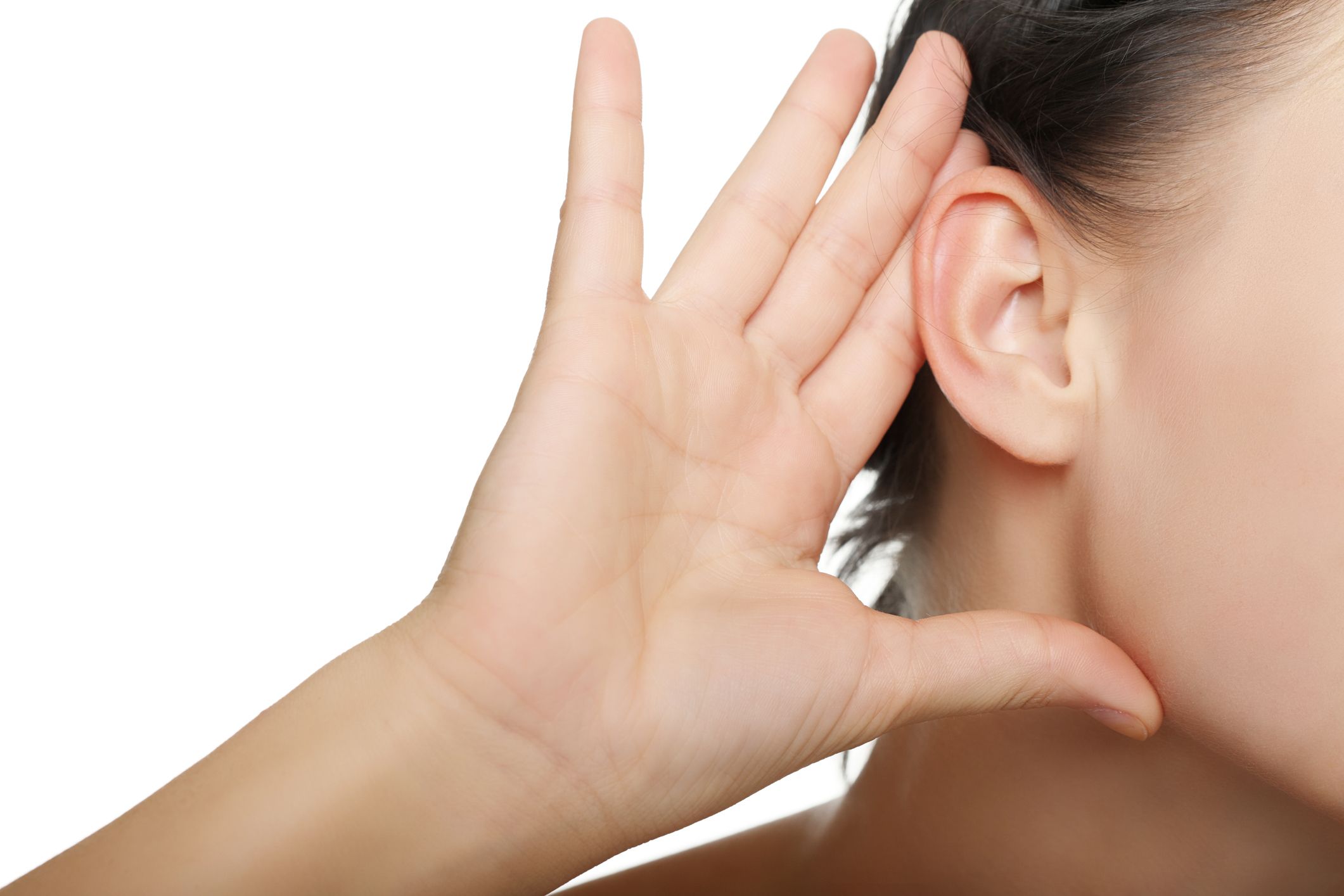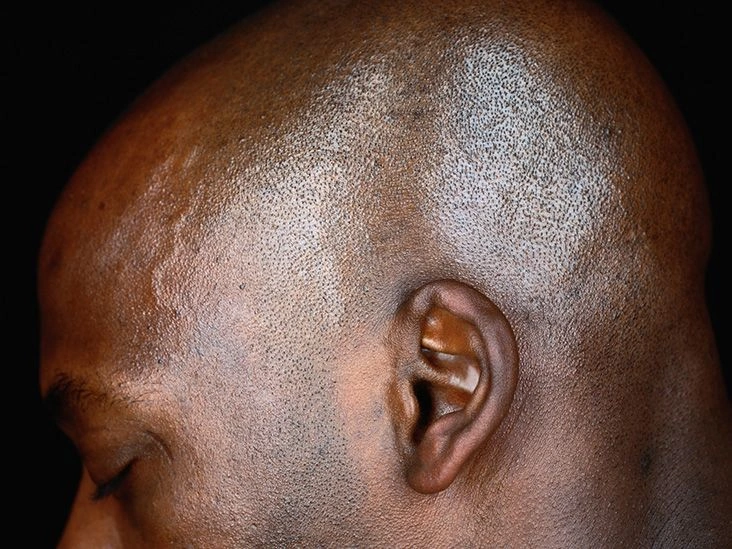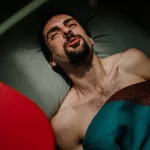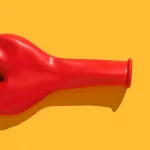You might notice crackling or popping in your ear if you have a middle ear infection, a problem with your eustachian tube, or another disorder involving the jaw or ear structures. How it’s treated depends on the underlying cause and your particular symptoms.
Occasionally we all experience odd sensations or noises in our ears — things like muffled hearing, buzzing, hissing, or ringing.

Another distinct noise people report is crackling or popping in the ear. This crackling is often likened to the sound Rice Krispies make when milk is poured over them.
A variety of conditions can create crackling in the ear. Below we’ll discuss possible causes, treatment approaches, and when to consult a medical professional.
What can cause crackling in your ear?
Several different issues may produce a crackling noise in the ears.
Eustachian tube dysfunction
The eustachian tube is a narrow channel that links the middle ear to the back of the nose and upper throat. You have one on each side.
Eustachian tubes serve several roles, including:
- equalizing pressure between the middle ear and the outside environment
- draining fluid from the middle ear
- helping prevent middle ear infections
- shielding the ear from very loud sounds
Normally, eustachian tubes are closed and open during actions like yawning, chewing, or swallowing. You may also notice them open when your ears pop on an airplane.
Eustachian tube dysfunction occurs when these tubes fail to open or close correctly, which can produce crackling or popping sounds in the ear.
Other symptoms may include:
- a sensation of fullness or congestion in the ear
- ear pain
- muffled hearing or hearing loss
- tinnitus, or ringing in the ears
- dizziness or vertigo
Potential triggers for eustachian tube dysfunction include:
- sinusitis
- upper respiratory infections like the common cold
- gastroesophageal reflux disease (GERD)
- allergic reactions
- airborne irritants such as cigarette smoke or pollution
- pressure changes, such as with diving or altitude changes
- cleft palate
- certain medications
These factors can interfere with eustachian tube function by causing inflammation or physically blocking the tube.
Acute otitis media
Acute otitis media is an infection of the middle ear and is more frequently seen in children than adults.
Dysfunction of the eustachian tube can lead to acute otitis media. When the tube is narrowed or obstructed, fluid can collect in the middle ear and become infected.
People with acute otitis media may notice ear crackling because of narrowed or blocked eustachian tubes. Other common symptoms in adults include:
- ear pain
- swelling and inflammation within the ear
- fluid leaking from the ear if there’s a perforation
- difficulty hearing
Children might also have:
- fever
- headache
- increased irritability or crying
- trouble sleeping
- reduced appetite
Earwax buildup
Earwax helps moisturize and protect the ear canal from infection. It’s produced by glands in the outer ear canal, the portion closest to the ear opening.
Normally earwax migrates out of the ear on its own, but sometimes it becomes impacted and blocks the canal or covers the eardrum.
This often occurs when people push wax deeper using objects like cotton swabs. It’s a frequent issue for hearing aid or earbud users.
Occasionally ears produce excess wax, leading to accumulation.
Some signs of earwax blockage include popping or crackling noises along with:
- discomfort or pain
- a plugged or full sensation
- ringing in the ears
- an odor or discharge
- cough
- itching
- partial hearing loss
- an ear infection
A foreign object lodged in the ear, such as a cotton swab tip, can produce similar symptoms.
Temporomandibular disorders (TMD)
The temporomandibular joint (TMJ) connects the jawbone to the skull. There is one on each side of your head just in front of the ears.
This joint functions as a hinge and also allows sliding movements. A disc of cartilage between the bones helps ensure smooth motion.
Damage, injury, or cartilage wear can lead to temporomandibular disorders (TMD).
If you have TMD, you may notice clicking or popping sounds near your ear, particularly when opening your mouth or chewing. These noises can occur with or without pain.
Other symptoms of TMD include:
- pain in the jaw, ear, or at the TMJ
- tightness in the jaw muscles
- limited jaw mobility
- jaw locking
Middle ear myoclonus (MEM)
Middle ear myoclonus (MEM) is an uncommon form of tinnitus involving spasms of the tensor tympani and stapedius muscles in the middle ear.
These muscles aid in transmitting vibrations from the eardrum and middle ear bones to the inner ear.
The precise cause of MEM is unclear. It may be related to congenital factors, acoustic injury, or other tremor or spasm disorders such as hemifacial spasms. At times, others can even hear the sounds.
Spasms of the stapedius muscle can create a crackling or buzzing noise, while tensor tympani spasms may produce a clicking sound.
The loudness or pitch of these noises varies between individuals. Additional features of the sounds can also differ; for example, they may:
- be rhythmic or irregular
- be continuous or intermittent
- affect one or both ears
When to see a doctor
Seek medical attention for ear crackling if you have any of the following:
- crackling that disrupts daily life or interferes with hearing
- symptoms that are severe, persistent, worsening, or recurrent
- signs of an ear infection
- ear drainage containing blood or pus
- intense pain
Diagnosis
A physician will review your medical history and conduct a physical exam, which usually includes inspection of the ears, throat, and jaw.
Specialized testing may be necessary in some cases. Tests a doctor might order include:
- assessment of eardrum mobility
- a hearing test
- imaging such as CT or MRI scans
What are the treatment options?
Treatment for ear crackling depends on its cause. Possible treatments your provider may recommend include:
- antibiotics for a bacterial ear infection
- removal of impacted earwax
- insertion of ear tubes in the eardrum to equalize middle ear pressure and allow fluid drainage
- balloon dilation of the eustachian tube using a small catheter to help open the tube
- prescription medications such as tricyclic antidepressants or muscle relaxants for TMD-related pain
- dental appliances for TMD or surgery for TMJ if conservative treatments fail
- prescription or over-the-counter nasal sprays or allergy medications for eustachian tube dysfunction
- measures to control acid reflux if that’s a contributing factor
Home remedies for ear crackling
If the crackling is mild and not accompanied by other concerning signs, you might try home measures first.
If the crackling persists or worsens, it’s important to follow up with a healthcare professional.
Prevention tips
The following steps may reduce the risk of conditions that produce ear crackling:
- Reduce respiratory infections: Colds and flu can lead to eustachian tube problems. Prevent illness by frequent handwashing, not sharing personal items, and avoiding close contact with those who are sick.
- Avoid cotton swabs for ear cleaning: These can push wax further into the ear canal.
- Limit exposure to irritants: Allergens, tobacco smoke, and pollution can worsen eustachian tube dysfunction.
- Protect your ears from loud noises: Loud sound exposure can damage hearing and contribute to tinnitus. Use ear protection in noisy environments.
Frequently asked questions
How do I get rid of the crackling in my ear?
If crackling occurs with other symptoms (such as ear pain, dizziness, or hearing loss), or if it worsens, see a doctor.
If an underlying condition is diagnosed, treatment may include antibiotics for bacterial infection, ear drops to remove wax, or jaw movements to relieve pressure.
What does it mean when your ear is crackling?
Crackling or clicking in the ears can stem from many causes — a recent cold, impacted earwax, or an infection are common culprits.
What does fluid in your ear sound like?
Fluid in the ear often produces popping, crackling, clicking, or ringing noises and may be associated with a sensation of fullness or pressure.
How do you massage a eustachian tube to drain?
Some naturopathic practitioners advise massaging behind the ears to help open the eustachian tubes and encourage fluid drainage, potentially easing pressure and pain from a cold or ear infection. Although scientific support is limited, it’s generally harmless to try carefully.
Using light pressure, press the area behind the ear where it meets the jawbone. Gently push and release the skin several times to encourage the tubes to open.
You can also follow the groove behind the jawbone from just behind the earlobe down the neck toward the collarbone, applying the same gentle pressure.
Does ear clacking or clicking go away?
In many cases, clacking or clicking resolves with appropriate treatment, for example, by softening impacted earwax. Some individuals live with tinnitus or ear noises that do not cause further problems, though they may affect quality of life. Treatments and stress-reduction strategies can help.
Takeaway
Ear crackling can result from various issues, such as eustachian tube dysfunction, acute otitis media, or earwax buildup.
If the crackling is mild, home remedies may help. If symptoms persist, worsen, or are severe, schedule an appointment with a healthcare provider.


















Leave a Reply
You must be logged in to post a comment.